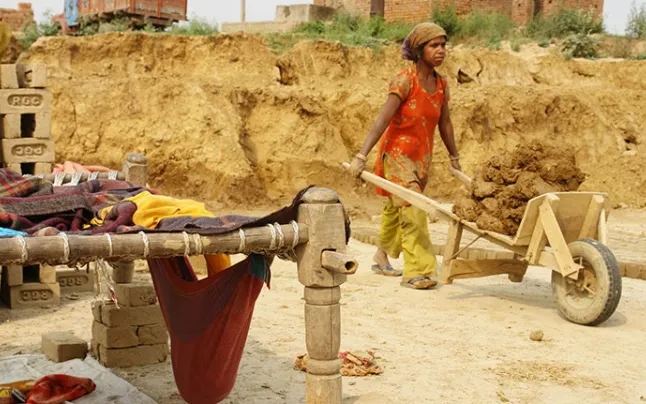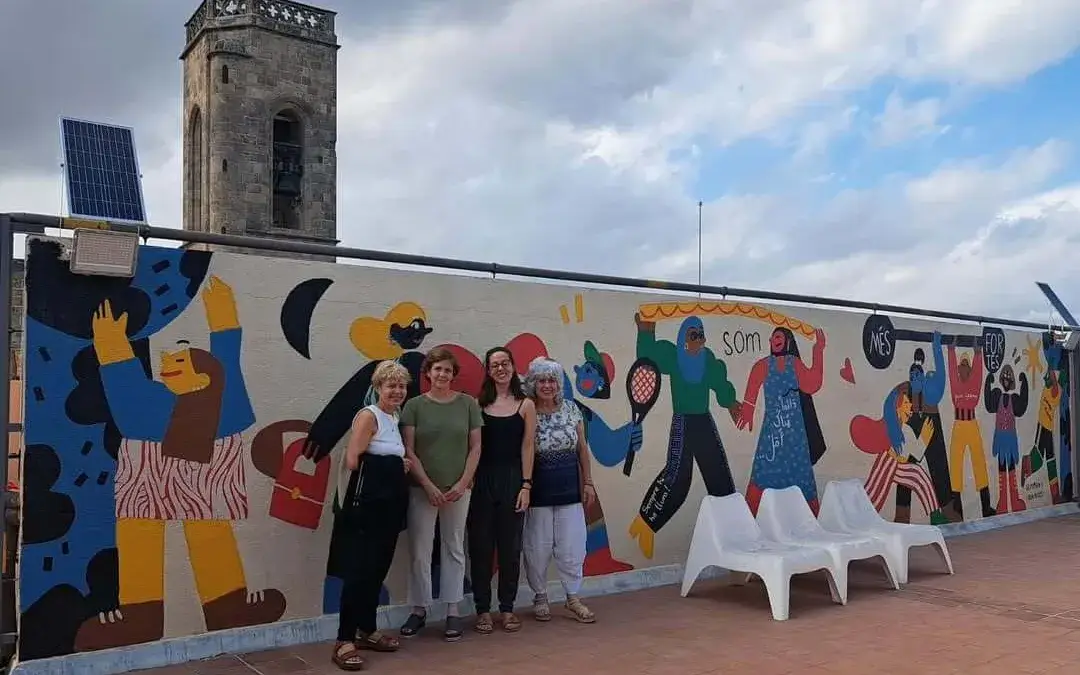The International Labour Organisation (ILO) and the International Organisation for Migration (IOM) have released new figures on labour and forced marriage
In the world today, there are 50 million people who are victims of modern slavery, i.e. of forced labour or marriage. This means one in every 150 people. The International Labour Organisation (ILO), the International Organisation for Migration (IOM) and Walk Free have released these figures in a report, showing an increase by 10 million people compared to five years ago.
More specifically, 27.6 million people are working against their will -3 million more than five years ago- and 22 million are forced to enter into a marriage without their consent -6.6 million more.
As highlighted in the report, one of the possible reasons behind this could be the pandemic, since it led to greater levels of indebtedness for workers, worse working conditions and an increase in extreme poverty.
Forced labour: a not-so far-flung reality
Forced labour isn’t a far-away reality; it affects all regions in the world. In fact, proportionally to its population, the worst figures are found in the Arab States for forced labour, followed by Europe and Central Asia. Furthermore, half these figures are found in middle to high-income countries.
Around 12% of those affected are children, more than half of whom are forced into commercial sexual exploitation.
According to the figures in the report, forced labour cannot be linked to certain regions or levels of income, but can be linked to the private economy. 86% of cases are imposed by private actors.
Withholding of salaries is the most commonly used form of coercion to force these people into continuing working for fear of losing their accrued income.
There is also a clear gender bias, where women are more likely to be forced into domestic work and coerced with salary retention and threatened with physical and sexual violence. Men are more likely to work in the construction sector and are coerced through threats of physical violence.
The report stresses that migrants are at a higher risk of forced labour. “When migrants are not protected by law or can’t exercise their rights, when migration is irregular or badly governed, or when hiring practices are unfair or unethical, migration may lead to situations of vulnerability to forced labour”.
Forced marriage: a blight of patriarchy
Forced marriage must be seen in the social context of the patriarchal system. More than two thirds of those forced into marriage are women and three in five victims live in low-income countries. Most have been coerced through emotional and verbal threats, and the main culprits are usually family members.
The report warns: “people who are forced into marriage are exposed to a greater risk of sexual exploitation, violence and domestic slavery as well as other forms of forced labour, within and outside their homes”.
All three organisations coincide that it is “urgent for the international community to bring together the will and necessary resources to overcome these obstacles and to advance towards ending modern slavery”.







Add new comment